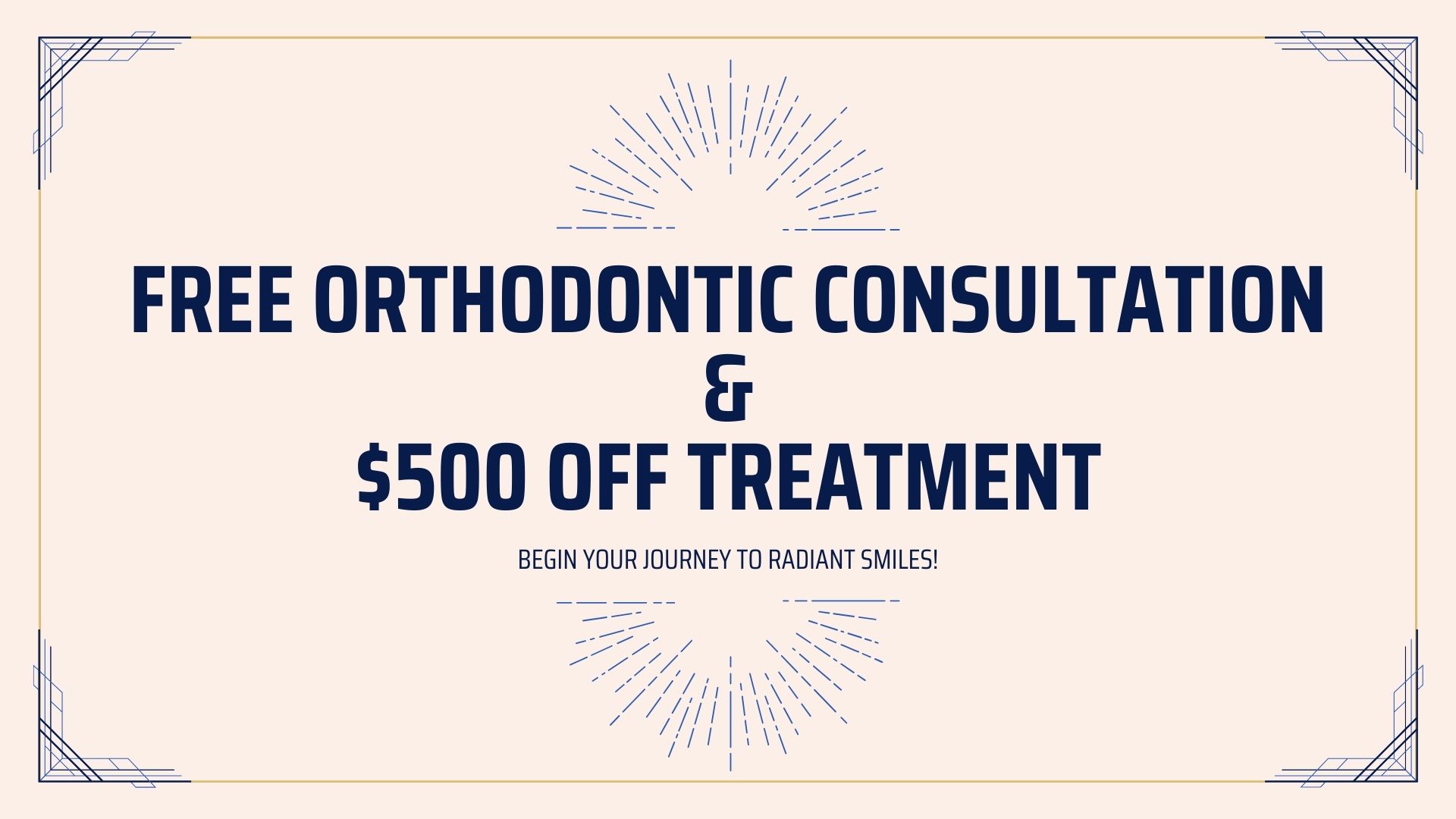Introduction
When it comes to replacing missing teeth, dental bridges are an excellent option, offering both aesthetic and functional benefits. Whether you have one missing tooth or several, dental bridges can restore your smile and improve your overall oral health. In this article, we will explore the many advantages of dental bridges and why they are a popular choice for tooth restoration.
Aesthetic Benefits
One of the most significant advantages of dental bridges is the improvement in your smile’s appearance. Missing teeth can lead to a lack of confidence and self-esteem, but dental bridges can effectively restore your natural smile. These prosthetic devices seamlessly fill the gaps caused by missing teeth, giving you a complete and aesthetic smile.
Besides enhancing your smile, dental bridges also help maintain the shape of your face. When teeth are missing, the facial muscles tend to sag, resulting in a sunken appearance. By replacing these missing teeth with bridges, the underlying facial structure is supported, giving you a more youthful and vibrant look.
Functional Benefits
In addition to the aesthetic advantages, dental bridges offer several functional benefits:
1. Improved Chewing and Speaking
Dental bridges restore the ability to chew and speak properly. Missing teeth can make it challenging to bite and chew food, affecting your overall nutritional intake. By filling the gaps with dental bridges, you can enjoy your favorite foods without any discomfort. Moreover, dental bridges also assist in proper speaking, ensuring clear pronunciation and increased confidence while communicating.
2. Prevent Shifting of Teeth
When there are gaps due to missing teeth, the remaining teeth tend to drift and shift gradually. This can lead to misalignment and bite problems. Dental bridges effectively bridge the gaps and prevent neighboring teeth from shifting, maintaining proper tooth alignment and occlusion.
3. Evenly Distributed Bite Force
Missing teeth create an imbalance in the distribution of bite force, causing excessive pressure on the remaining teeth. This imbalance can lead to tooth fractures and other dental issues. Dental bridges evenly distribute the bite force across the bridge, ensuring a balanced bite and preventing unnecessary strain on surrounding teeth.
The Dental Bridge Procedure
The process of getting dental bridges usually involves several steps:
1. Initial Consultation and Examination
The first step is an initial consultation with your dentist. They will examine your oral health and determine if dental bridges are the right choice for you. X-rays and impressions may be taken to create a customized bridge that suits your dental structure.
2. Preparing the Abutment Teeth
The dentist will then prepare the adjacent teeth, known as abutment teeth, for crown placement. This involves reshaping the abutment teeth to accommodate the dental crowns that will support the bridge.
3. Creating the Bridge
After preparing the abutment teeth, impressions are taken to create a custom-made bridge in a dental laboratory. While your bridge is being fabricated, you may be provided with a temporary bridge to protect the exposed teeth and gums.
4. Fitting the Bridge
Once your permanent bridge is ready, your dentist will check its fit and make any necessary adjustments. The bridge is then placed and bonded securely to the abutment teeth using dental cement.
Maintaining Dental Bridges
With proper care, dental bridges can last for many years:
1. Oral Hygiene
Regular brushing and flossing are essential to maintain the health and longevity of dental bridges. Cleaning around the bridge and underneath the false teeth is crucial to prevent plaque buildup and the development of gum disease.
2. Dental Check-ups
Visit your dentist regularly for check-ups and professional cleanings. These appointments allow your dentist to monitor the condition of your dental bridges and make any necessary adjustments or repairs.
3. Healthy Lifestyle Choices
Proper nutrition and a healthy lifestyle play a significant role in maintaining oral health. Avoid excessive sugar consumption and tobacco use, as they can contribute to dental problems and compromise the integrity of your dental bridges.
Conclusion
Dental bridges offer both aesthetic and functional benefits, making them an excellent choice for replacing missing teeth. From enhancing your smile to restoring proper chewing and speaking abilities, dental bridges can greatly improve your oral health and quality of life. If you have missing teeth, consult with your dentist to discuss how dental bridges can benefit you and restore your beautiful smile.

